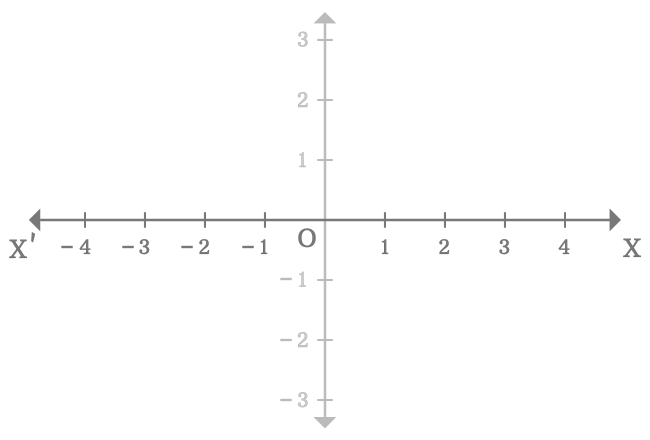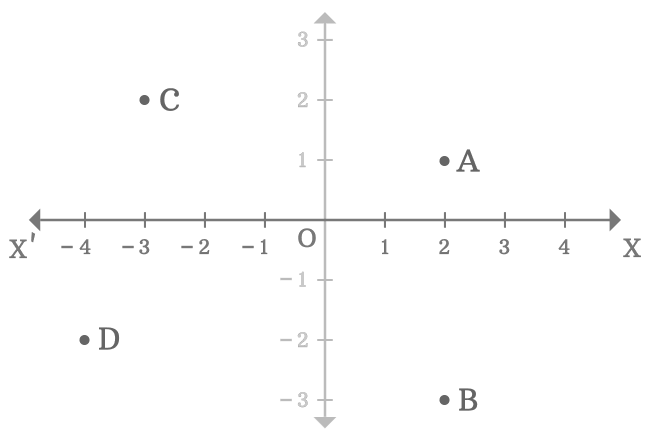A number line that displayed in horizontal position in a two-dimensional Cartesian coordinate system is called the $x$-axis of two dimensional space.
In Bi-dimensional Cartesian coordinate system, two number lines are bisected at their middle point. One number line is drawn horizontally for measuring the distance of a point from origin in horizontal direction and the number-line is called the $x$-axis of the two dimensional Cartesian coordinate system.
In this example, the $x$-axis is represented by the number line $X’OX$.

In two-dimensional space, the vertical number-line divides the $x$-axis as two parts at origin $(O)$.
The part of the $x$-axis that appears right side of the origin is called the positive $x$-axis. In this case, the ray $\overrightarrow{OX}$ is the positive $x$-axis. Each division in the positive $x$-axis is denoted by the positive integers.
The part of the $x$-axis that appears left side of the origin is called the negative $x$-axis. In this case, the ray $\overrightarrow{OX’}$ is the negative $x$-axis. Each division in the negative $x$-axis is denoted by the negative integers.
In two-dimensional Cartesian coordinate system, the $x$-axis is used to know the distance of any point from the origin by comparing the horizontal distance of the point with the number-line on the $x$-axis. For example, $A$, $B$, $C$ and $D$ are four points in a two-dimensional space.

Thus, the $x$-axis is used to measure the distance of any point from the origin in horizontal direction by comparison.
A free math education service for students to learn every math concept easily, for teachers to teach mathematics understandably and for mathematicians to share their maths researching projects.
Copyright © 2012 - 2025 Math Doubts, All Rights Reserved